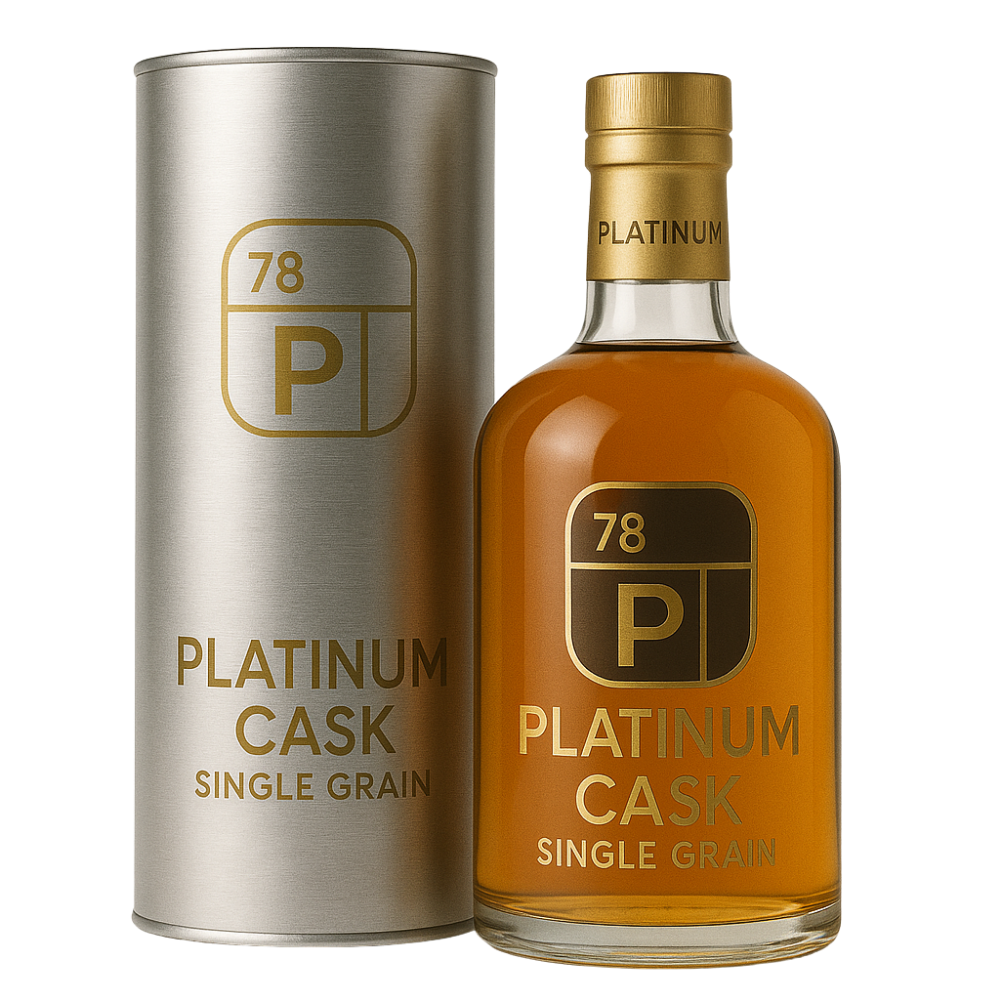The Beginner’s Guide to Whisky: Understanding the Basics
Whisky is more than a drink—it’s a story in a glass, a product of time, terroir, and tradition. Whether you’re just dipping your toe into the dram or want to refine your palate, this guide will give you the fundamentals of the whisky world. From the peated coasts of Islay to the meticulous stills of Japan, let’s explore what makes whisky such a captivating spirit.
What is Whisky?
At its core, whisky is a distilled alcoholic beverage made from fermented grain mash, typically aged in oak barrels. The grain can be malted barley, corn, rye, or wheat, and the nuances of each grain (and how it’s treated) have a profound effect on the final character of the spirit.
The spelling—whisky vs whiskey—usually denotes origin: Scotland, Japan, and Canada use “whisky”; Ireland and the United States often use “whiskey.”
Key Types of Whisky
Here are the major categories every enthusiast should know:
Scotch Whisky: Must be made in Scotland, aged at least 3 years in oak casks. Comes in styles such as Single Malt, Blended Malt, Single Grain, and Blended Scotch. Famous for its regional diversity and strict regulations.
Bourbon: An American whiskey primarily made from corn (minimum 51%), aged in new charred oak barrels. Expect sweetness, vanilla, and caramel tones.
Rye Whiskey: Made with at least 51% rye grain, rye whiskey offers a spicier, more assertive profile. Both Canada and the U.S. produce notable rye expressions.
Japanese Whisky: Inspired by Scotch but with a precision and finesse unique to Japanese craftsmanship. Balanced, delicate, and often complex.
Irish Whiskey: Typically triple-distilled for smoothness, Irish whiskey leans lighter and fruitier.


How Is Whisky Made?
Malting – Barley is soaked, allowed to germinate, then dried. In Scotch, peat smoke may be used to dry the grain, adding a smoky flavor.
Mashing – The malt is ground and mixed with hot water to extract sugars.
Fermentation – Yeast converts sugars into alcohol, creating a beer-like liquid called “wash.”
Distillation – The wash is distilled (usually twice, three times in Ireland) to increase alcohol and purity.
Maturation – Whisky must be aged in oak barrels. This is where it gains depth, color, and character.
Bottling – After aging, the whisky is filtered (or not), sometimes blended, and bottled.
How to Taste Whisky Like an Expert
Tasting whisky isn’t about guzzling—it’s about engaging the senses. Follow these steps:
Look: Observe the color. Lighter hues can indicate bourbon cask aging; darker can signal sherry or longer maturation.
Nose: Swirl and sniff. Do it gently. What do you smell? Peat? Vanilla? Dried fruit?
Taste: Take a small sip and let it coat your palate. Focus on front, middle, and back notes.
Finish: Observe how long the flavor lingers—this is the “finish.” A longer finish usually indicates a well-aged, quality dram.
Optional: Add a few drops of water to open up hidden aromas, especially in cask strength whiskies.


Final Thoughts
The world of whisky can feel overwhelming at first, but remember—every expert started with a single sip. Start with a few core expressions from different regions and styles, and take notes. The more you taste, the more you’ll discover your preferences.
Your journey begins now. Slàinte!


